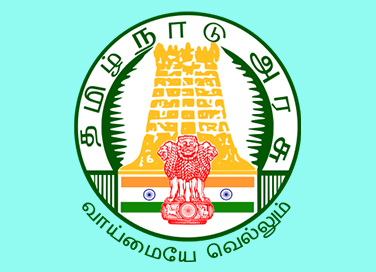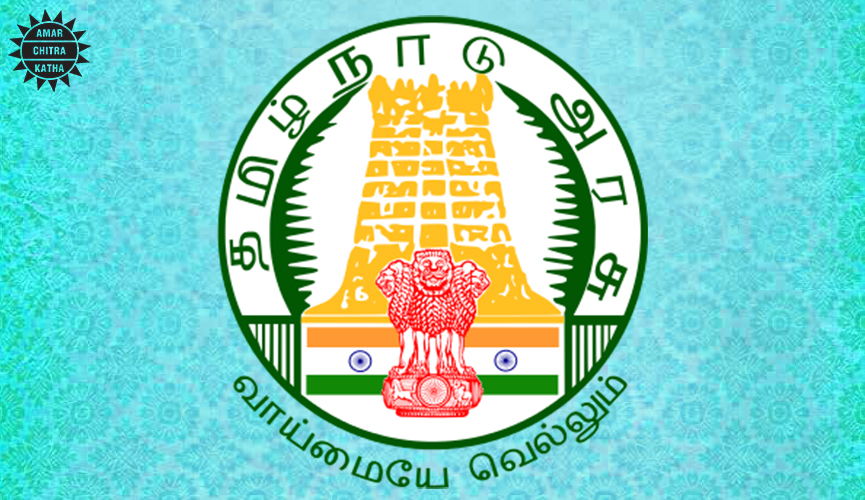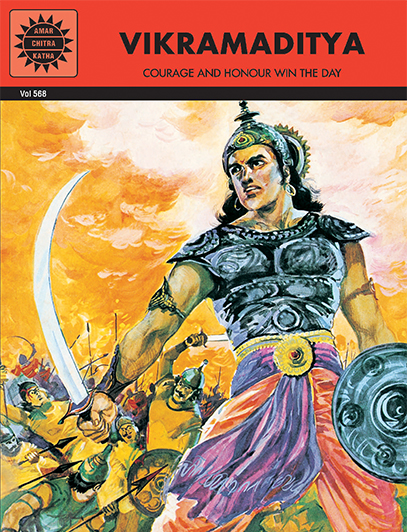The Story of Tamil Nadu
- February 4, 2022


The Story of Tamil Nadu
- February 4, 2022
By Srinidhi Murthy
Tamil Nadu is the southernmost state of India, located in the southeast of our country. The kingdoms and empires of Tamil Nadu have played a major role in the history of British colonization in India and the region has a proud history of many freedom fighters who fought bravely against the British Empire in the freedom movement.

Ancient Tamil Nadu was home to three monarchical kingdoms, known as the Cheras, the Cholas and the Pandyas. In the early centuries, the Pallava dynasty ruled a large portion of South India, with Kanchipuram as their capital, around the 7th Century. The Pallavas were replaced as the dominant kingdom by the Chola Dynasty. Raja Raja Chola and his son Rajendra Chola built the famous Brihadeeswara Temple of Thanjavur. However, the Chola dynasty also witnessed a decline with the rise of Pandyas in the 13th Century. There are records that Marco Polo, a Venetian merchant, mentioned that the Pandya empire was the richest empire in existence during that period. The Cheras, who were in conflict with both the Cholas and the Pandyas, ruled parts of Kerala and Tamil Nadu. Around 1370, Tamil Nadu saw the rise of the Vijayanagara empire. The Vijayanagara empire thrived for the next two centuries until its defeat in the Battle of Talikota by the Deccan Sultanate in 1565.
To receive more such stories in your Inbox & WhatsApp, Please share your Email and Mobile number.
In 1739, the French occupied the territory of Karaikal. Joseph Francois Dupleix was appointed as the Governor of Pondicherry. Soon after, a political conflict emerged between the British and the French. Chanda Sahib had been made the Nawab of the Carnatic with the assistance of the French Governor but the British fought for the cause of the previous incumbent, Mohammed Ali Khan Walajah. In 1751, British commander Robert Clive assisted Mohammed Ali in his war and took possession of Chanda Sahib’s fort in Arcot. Though the French assisted Chanda Sahib to drive Clive out of Arcot, they were defeated by the British forces. The outcome of this war, along with the growing British influence in 1765, made the Emperor of Delhi issue a decree, acknowledging the British possessions in southern India.
In the 1790s, a Palayakarar chieftain named Kattabomman rebelled against the taxes imposed by the East India Company. After the First Polygar War, he was captured and hanged in 1799. On 10th July 1806, the Vellore mutiny marked the first instance of a huge rebellion by the Indian sepoys against the East India Company. The slow and growing discontent over the actions of the company finally exploded in 1857 and transformed into the Sepoy Mutiny, famously known as the First War of Indian Independence. As a consequence of this war, the Act of 1858 was enforced by the British Government, to abolish the powers of the East India Company and transfer the government directly to the British Crown.
Direct rule in India was assumed by the British Crown in 1858. Soon, the desire for independence slowly gathered pace in the country. In this struggle for independence, revolutionaries in Tamil Nadu joined the fight against British rule. Tamil Nadu produced many freedom fighters who sacrificed their lives for the freedom movement. Notable freedom fighters were Tiruppur Kumaran, who sacrificed his life holding the Indian flag during his protest against the British, the poet Subramania Bharti, who wrote revolutionary poems in Tamil, Aurobindo, the philosopher, who gave refuge to freedom fighters in Pondicherry, V.O Chidambaram Pillai, who launched first shipping service between India and Srilanka to compete against the British ships and Captain Lakshmi Sahgal, a prominent leader in the Indian National Army’s Rani of Jhansi Regiment, founded by Subash Chandra bose.
Post Independence, Madras Presidency was reconstituted as Madras State. Madras State included present-day Tamil Nadu, parts of Kerala, coastal regions of Andhra Pradesh and south Canara district of Karnataka. Soon, Andhra Pradesh, Kerala and Karnataka were separated from Madras State based on their linguistic preferences. In 1969, Madras State was renamed Tamil Nadu. Tamil Nadu experienced significant economic growth in the 1990s, particularly in the service sector. Currently, the economy of Tamil Nadu is the second highest in India and the state ranks 11th in the Human Development Index (HDI) among the Indian states.
To receive more such stories in your Inbox & WhatsApp, Please share your Email and Mobile number.

Comic of The Month
Vikramaditya
A jealous brother robbed him of his kingdom, his own courage won it back. Chandragupta Vikramaditya has a special place in history because he proved that the love of power is not all that is needed to create an empire. Also required is the love of a wise woman and good, old-fashioned honor.